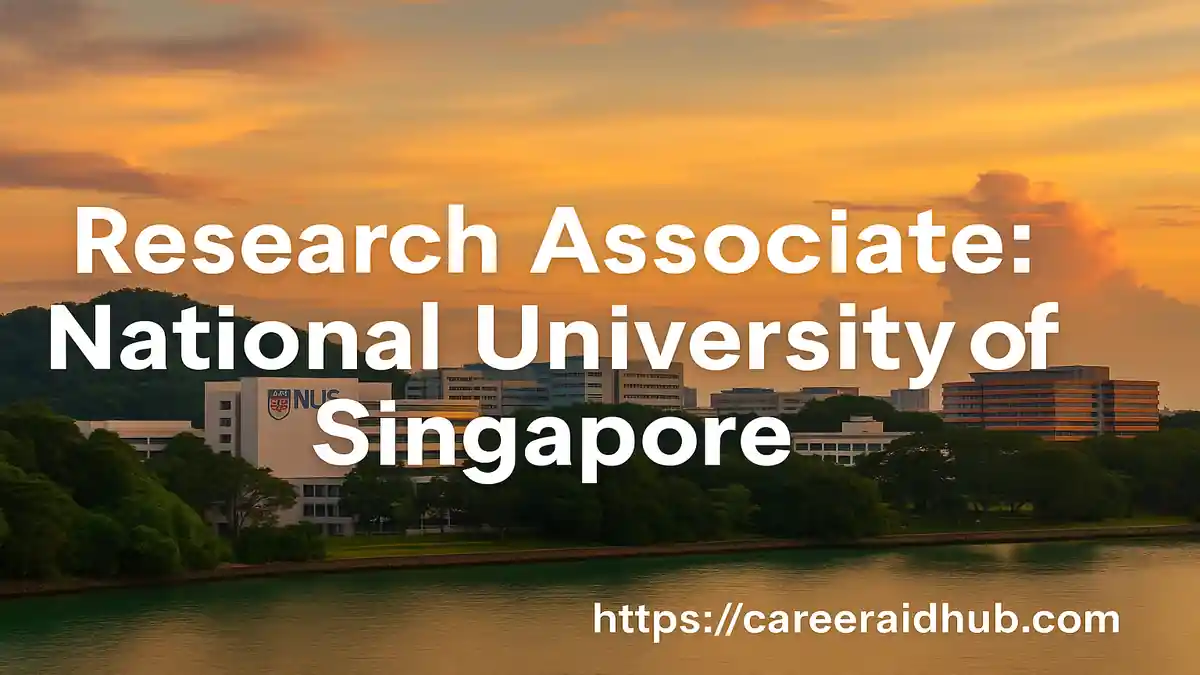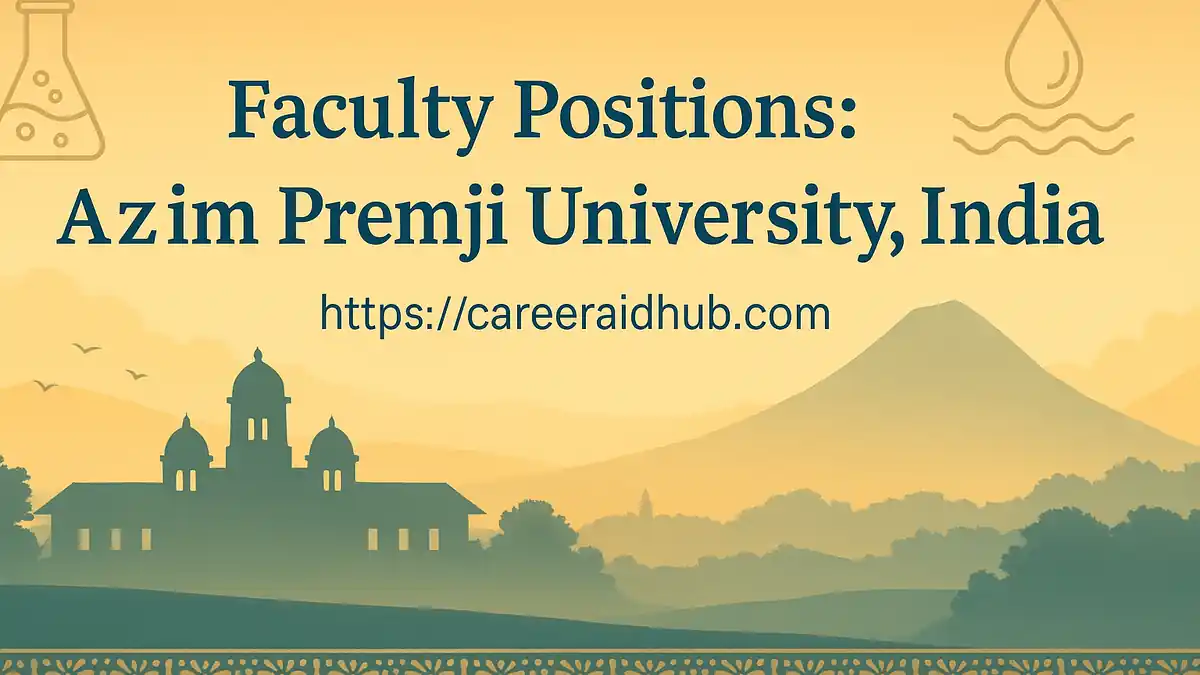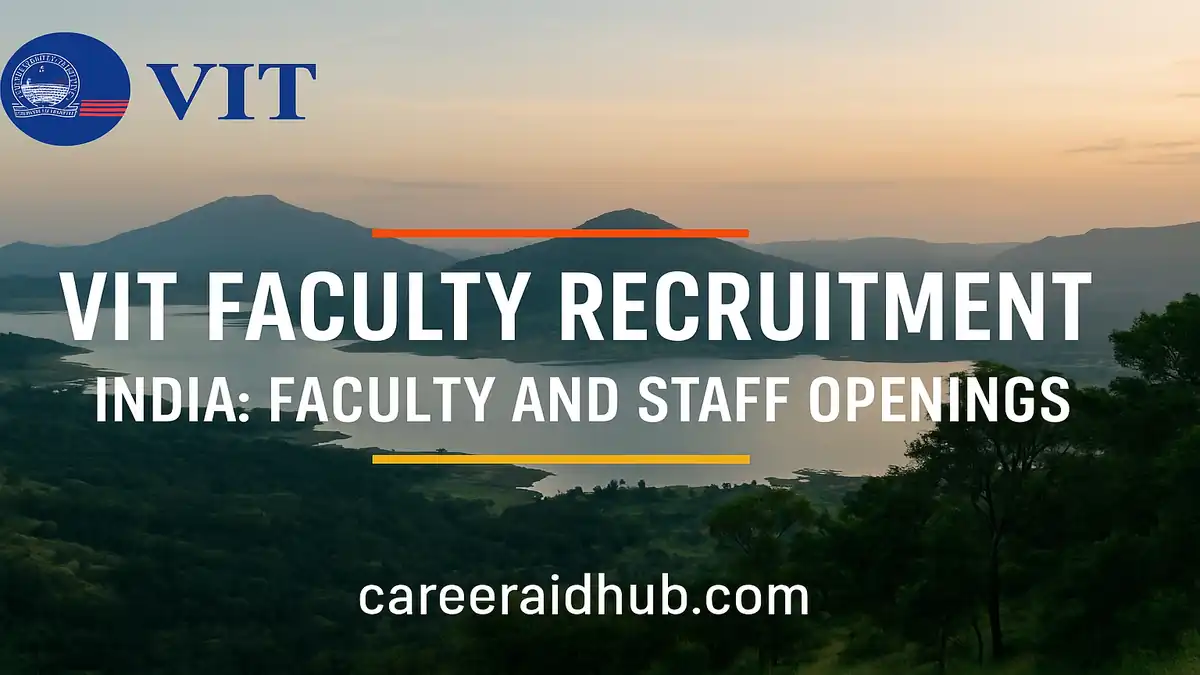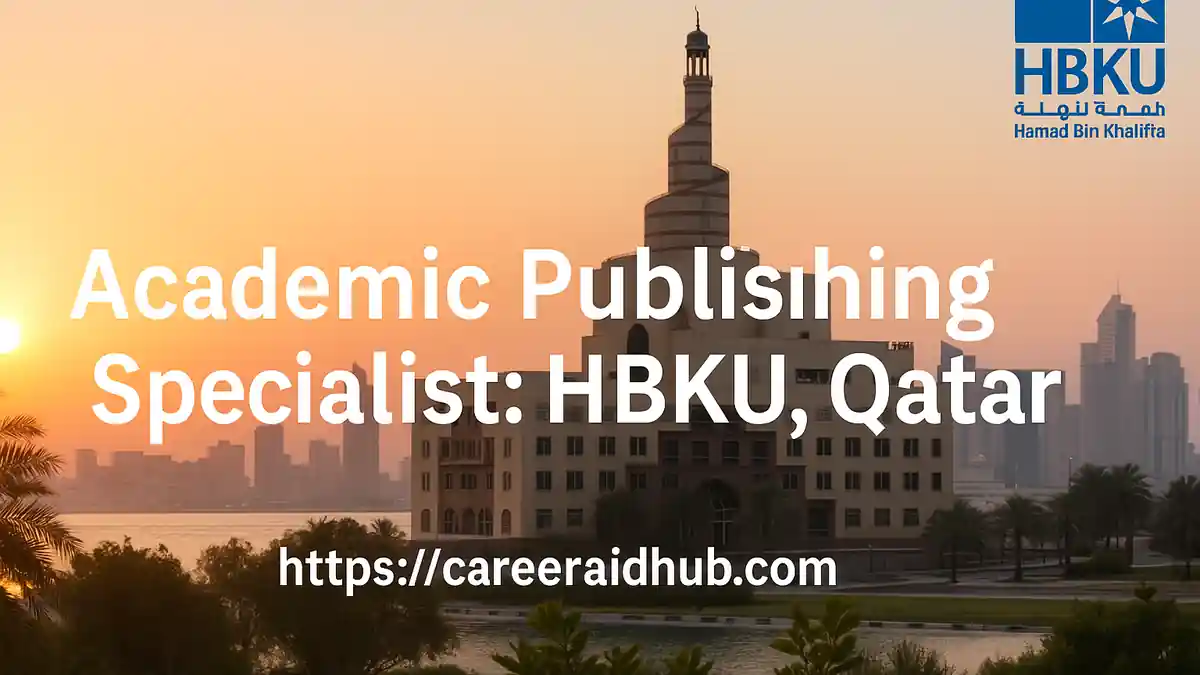Senior academics working on Asia in the humanities and social sciences can now plan short visiting appointments at the Asia Research Institute (ARI), National University of Singapore. As of 12 Nov 2025, ARI is inviting applications for visits commencing in 2025. Two tailored pathways are available for Associate Professors and above: a Visiting Scholar route for one to two months (self-funded) and an Academic Visitor route for visits of less than two weeks (funded by ARI: accommodation, economy airfare, and per diem). This guide explains both schemes, clarifies where your project fits within ARI’s thematic clusters, and outlines the exact steps to prepare a strong, cluster-aligned application.
Join ARI (NUS) in 2025 for short, focused residencies that accelerate your research, extend networks across Asia, and support early-career scholars. Choose between self-funded Visiting Scholars (1–2 months) or ARI-funded Academic Visitors (≤ two weeks). Connect with the right cluster, submit a crisp one-page plan, and schedule a high-impact visit.
Quick Facts (At a Glance)
Who it’s for: Senior faculty (Associate Professors and above) with an active faculty appointment at their home institution.
Two schemes:
Visiting Scholar — 1–2 months, self-funded (often supported by sabbatical or departmental funds).
Academic Visitor — up to two weeks, ARI-funded (accommodation, economy airfare, per diem).
How to apply:
Identify the best-fit research cluster, contact the Cluster Leader, and submit (i) your CV and (ii) a one-page research plan.Where you’ll sit: Within ARI’s research clusters (and associated programmes) that convene seminars, workshops, and collaborative initiatives.
Why Choose ARI for a Short Visit?
A visit to ARI places you at the intersection of interdisciplinary research on Asia. You gain immediate access to an ecosystem where humanities and social science perspectives regularly cross-pollinate. Consequently, you can:
Embed in an interdisciplinary cluster. Engage in ongoing projects, join research discussions, and participate in events curated by cluster leads.
Mentor early-career scholars. Offer feedback to PhD students, postdocs, and research fellows; co-design focused workshops; and contribute to writing sprints.
Advance your own work. Use a protected block of time to draft a chapter, sharpen an article series, or shape a competitive grant concept with input from peers.
Moreover, Singapore’s location and connectivity make it an efficient base for comparative fieldwork and regional collaboration.
The Two Schemes, Explained
Visiting Scholars (1–2 Months, Self-Funded)
Best for: Senior academics who can base themselves at ARI for one to two months.
Funding model: Self-funded by the visitor or home institution (e.g., sabbatical support).
What this enables:
A deeper integration
into the cluster’s agenda.Time to prototype a new collaboration, co-host a reading group, or develop a special-issue concept note.
A structured progression plan (e.g., one manuscript section per week, or a targeted field scoping across institutional archives).
Practical tip: Line up internal leave approvals early. In parallel, outline any letters ARI might need to issue for your institution’s processes.
Academic Visitors (≤ Two Weeks, ARI-Funded)
Best for: Senior faculty with a limited window who still want maximum scholarly traction.
Funding model: ARI funds accommodation, economy airfare, and a per diem for visits of less than two weeks.
What this enables:
A high-impact micro-residency: keynote lectures, masterclasses, methods clinics, or a focused mini-symposium.
Rapid collaboration triggers: scoping meetings toward a grant idea, co-authorship planning, or establishing a cross-university network node.
Practical tip: Because time is short, propose a crisp schedule with definitive outputs (e.g., one public talk, one mentorship clinic, one cluster working session).
Where You’ll Fit: ARI Clusters & Programmes
ARI’s collaborative engine is organised through thematic research clusters and cross-cutting programmes. To align your visit, explore cluster scopes in advance and note where your project naturally belongs. Typical areas include:
none;">
Migration & Mobilities: Movements, infrastructures, borders, and well-being.
Food Politics & Society: Power, policy, production/consumption, and legacies of food systems.
Inter-Asia Engagements: Circulations within and beyond Asia (e.g., Arabia-Asia, oceanic paradigms, heritage futures).
Science, Technology & Society (STS): Climate governance, carbon transitions, extractivism and supply chains, planetary health, and Asian medicines.
To improve alignment, read recent cluster events and outputs. Then, position your visit as a specific contribution—not just a thematic match.
Sub-areas You Might Propose
Conceptual workshops bridging disciplines (e.g., legal anthropology meets platform studies).
Data and methods studios (e.g., digital ethnography, research software, archival workflows).
Regional case comparisons that leverage Singapore’s connectivity for multi-site inquiry.
Additionally, consider co-hosting a seminar with a cluster lead to seed an edited collection, blog series, or working paper pipeline.
How to Apply: A Step-by-Step Guide
1) Identify the Right Cluster
Review cluster descriptions and select a best-fit leader. Note shared keywords, recent themes, and event patterns that intersect with your project.
2) Write to the Cluster Leader
Introduce your current position, project title, proposed dates, and the scheme (Visiting Scholar vs Academic Visitor). Keep this initial note concise yet concrete. Mention two or three deliverables you will complete during the visit.
3) Prepare Two Documents
CV (updated): Include key publications, editorial roles, large-grant leadership, invited talks, and mentoring highlights.
One-Page Research Plan:
Aim & Fit: What you will advance and why ARI/this cluster is the optimal venue.
Activities: Talks, workshops, writing sessions, mentorship office hours.
Outputs: Article section, proposal synopsis, working paper, or seminar series concept.
Timeline: A concise, realistic schedule for the residency window.
4) Confirm Dates & Scheme
Explain constraints (teaching, administration, fieldwork) and propose a clear visit window in 2025. If applying as an Academic Visitor, specify the micro-residency package you will deliver.
5) Clarify Logistics
For Academic Visitors, confirm coverage details (accommodation, airfare class, per diem). For Visiting Scholars, outline your own funding source and any support letters you require (e.g., for institutional leave or visa).
What Makes a Strong One-Page Plan?
To stand out, meet the cluster where it lives intellectually—then add value:
Align Precisely
Map your project to specific strands (e.g., “energy transitions and urban climate governance” under STS). Consequently, the leader can picture exactly how your visit plugs in.
Be Output-Oriented
Promise achievable deliverables within the timeframe: a targeted manuscript section, a concept note for a special issue, or a shareable reading list plus masterclass.
Offer Mentoring
Propose lab meetings, feedback clinics, or time-boxed office hours for PhDs and postdocs. In addition, volunteer to review in-progress papers or grant ideas.
Seed Future Collaboration
Sketch a next-step pathway—for instance, a scoping outline for a regional comparative grant or an Inter-Asia writing collective.
Keep It Feasible
Show a week-by-week plan (for 1–2 months) or a day-by-day agenda (for ≤ two weeks). Build in margin for serendipitous conversations and follow-up meetings.
Who Should Apply?
These Visiting Positions are designed for senior faculty—Associate Professors and above—who hold a current faculty appointment at their home institution. If you are early-career, consider fellowships or postdoctoral tracks that ARI announces separately.
Notably, mid-career scholars with a clear project pivot (e.g., new methods, region, or intersection) often use a short residency to reposition their research trajectory and build durable collaborations.
Timing, Visas, and Practicalities
When to Apply
Applications are currently open for 2025 starts. Because international calendars fill quickly, reach out several months ahead to secure a slot that aligns with cluster programming.
Length of Stay
Visiting Scholars: 1–2 months offers enough time for immersion, iterative feedback, and visible outputs.
Academic Visitors: ≤ two weeks suits tightly curated agendas with a few high-leverage events.
Funding Coverage Snapshot
Academic Visitors: ARI funds accommodation, economy airfare, and per diem.
Visiting Scholars: Visits are self-funded.
Travel & Entry
Check ICA guidance for short-term visit passes and travel requirements. Additionally, factor in university processes that may require letters for leave or host confirmation.
Pro tip: Draft your teaching and service cover plan before reaching out. Subsequently, your department can respond faster when ARI confirms dates.
Sample Outreach Email (Editable)
Subject: Visiting Position Inquiry — [Your Name], [Home Institution], [Proposed Month(s) 2025]
Dear Prof. [Cluster Leader’s Surname],
I am an [Associate/Full Professor] of [Discipline] at [Home Institution]. My current project, [Project Title], examines [brief focus] and aligns with [Cluster Name] on [specific strands].
I hope to visit ARI as a [Visiting Scholar (1–2 months) / Academic Visitor (≤ two weeks)] in [month(s), 2025]. During the visit, I propose [talk/workshop/mentoring clinic] and aim to complete [defined output: article section, concept note, etc.].
Attached please find my CV and a one-page research plan outlining aims, activities, outputs, and schedule. I would appreciate your guidance on fit and next steps.
Warm regards,
[Name, Title] | [Department, University] | [Website]
Final Step
Review ARI’s Visiting Positions page, shortlist the cluster that best matches your work, and email the Cluster Leader with your CV and one-page plan. After a brief exchange on timelines and deliverables, you can confirm the visit window and begin travel planning. For reference, explore ARI’s public cluster pages and recent activities to anchor your proposal in ongoing conversations.
Feature Details
| Feature | Details |
|---|
| Program Name | ARI NUS Visiting Positions — Visiting Scholars & Academic Visitors |
| Host Country | Singapore |
| Funded By | Asia Research Institute, National University of Singapore (funding applies to Academic Visitors) |
| Duration | Visiting Scholars: 1–2 months · Academic Visitors: ≤ two weeks |
| Study Mode | In-person, on-site short residency |
| Eligibility | Senior faculty (Associate Professor or above) with a current faculty appointment at home institution |
| Financial Support | Academic Visitors: accommodation, economy airfare, per diem · Visiting Scholars: self-funded |
| Fields of Study | Humanities and Social Sciences focused on Asia; interdisciplinary themes by cluster |
| Deadline | Rolling in 2025; Next cycle expected Aug 2026 (we will update soon) |
| Official Website | Opportunities Visiting Positions+ |
Date note: The 2026 cycle month is projected by observing the ongoing, rolling nature of appointments and typical mid-year academic planning. We will update soon if ARI publishes more specific timelines.
Conclusion
A short residency at ARI (NUS) can catalyse new collaborations, accelerate manuscripts, and strengthen mentorship within an Asia-facing research community. By aligning tightly with a cluster, proposing realistic outputs, and communicating a clear micro-schedule, senior faculty can make a measurable impact in a matter of weeks. To proceed, consult the official page and contact the appropriate Cluster Leader with your CV and one-page plan. Official ARI page — Visiting Positions
Frequently Asked Questions
Who qualifies for ARI NUS visiting positions?Generally, senior faculty with a current appointment can apply as Visiting Scholars (1–2 months) or Academic Visitors (≤ two weeks). Align with a research cluster and propose clear outputs.
What is the difference between Visiting Scholar and Academic Visitor?Visiting Scholars self-fund stays of 1–2 months. Conversely, Academic Visitors stay under two weeks with ARI-funded accommodation, economy airfare, and per diem.
How do I apply to ARI NUS visiting positions step-by-step?First, identify a suitable research cluster. Then email the Cluster Leader with your CV and a one-page research plan, preferred dates, and proposed activities.
What should a one-page research plan for ARI NUS include?Briefly state aims, ARI cluster fit, methods, activities, deliverables, and a realistic timeline. Moreover, highlight mentoring plans and anticipated outputs like papers, workshops, or concept notes.
What funding does ARI provide for Academic Visitors?ARI typically funds accommodation, economy airfare, and per diem for Academic Visitors. However, Visiting Scholars arrange self-funding through sabbaticals or institutional support.
Do I need a host at ARI before applying?Yes. You should first contact the relevant Cluster Leader to confirm fit, discuss timing, and refine your proposed activities before submitting materials.
Can early-career researchers apply for ARI NUS visiting positions?Typically, no. These roles target Associate Professors and above. Instead, consider ARI fellowships or postdoctoral programmes that better match early-career profiles.
What outputs strengthen an ARI NUS visiting application?Therefore, propose achievable outputs: a public talk, methods masterclass, mentoring sessions, and a concrete manuscript section or grant concept note with clear timelines.
Do visitors need visas or special passes for ARI NUS visits?Usually, visitors require standard entry permissions for Singapore. Consequently, check travel and visa requirements in advance and coordinate with ARI for supporting letters.










